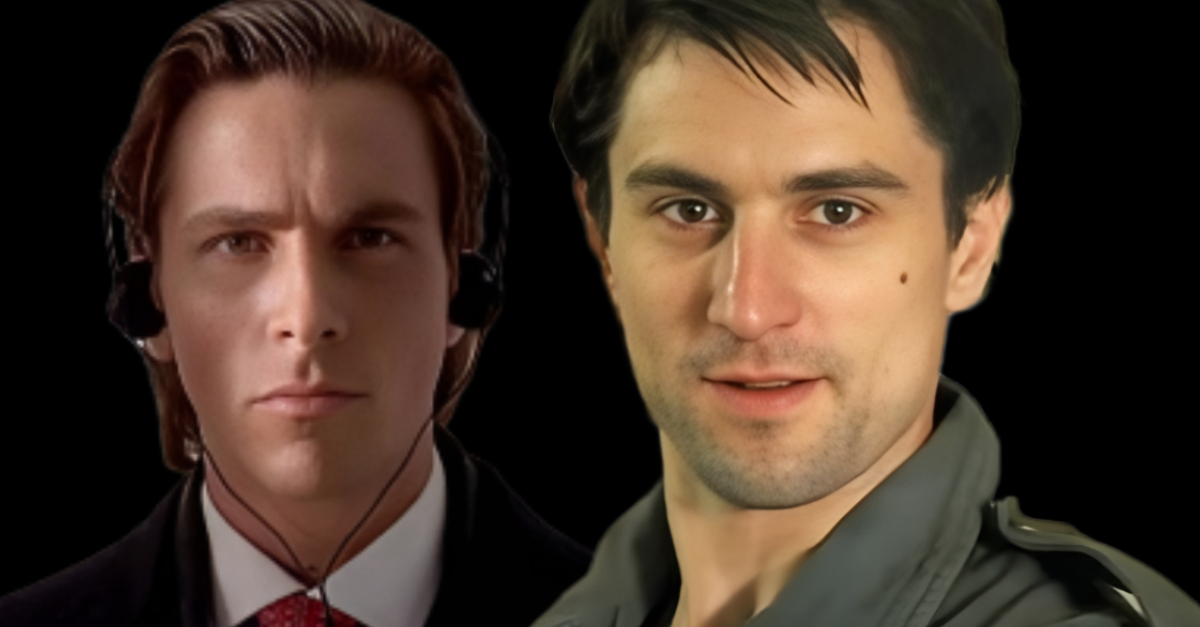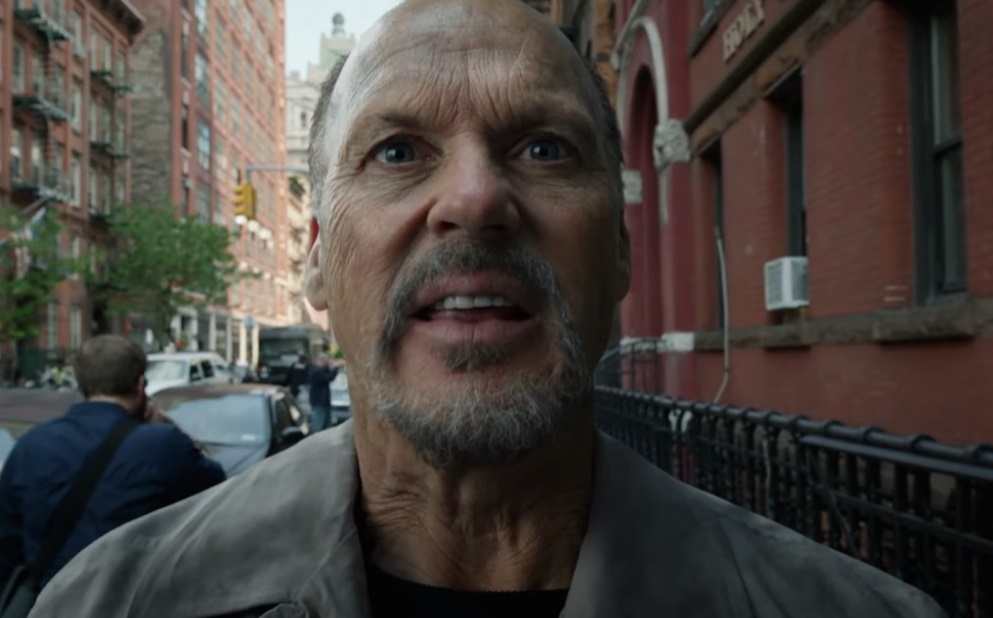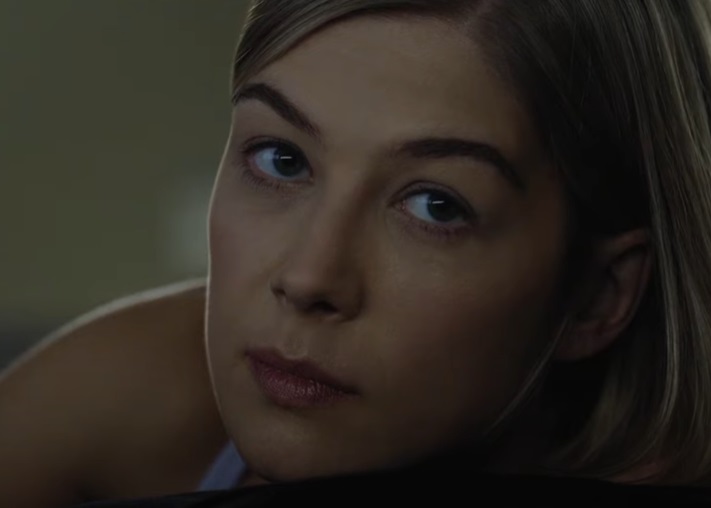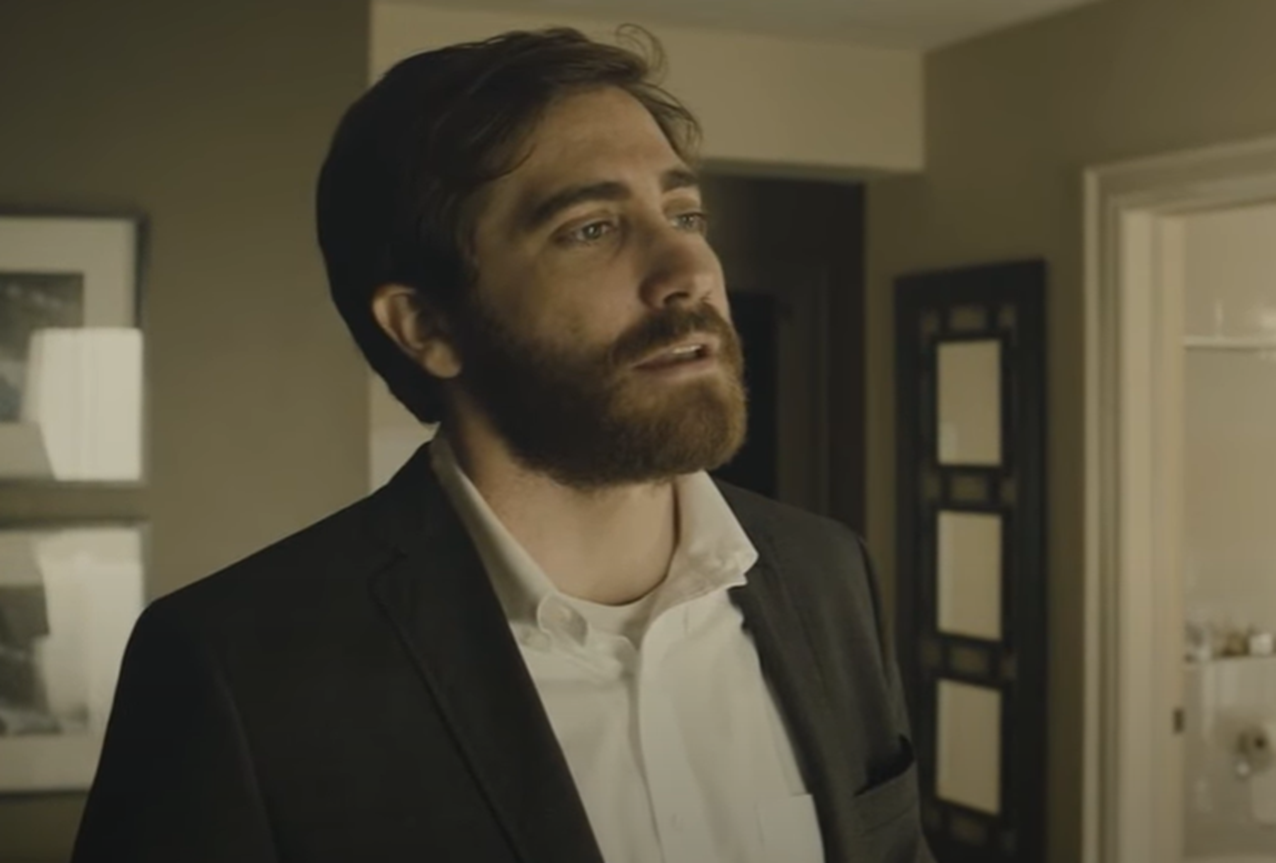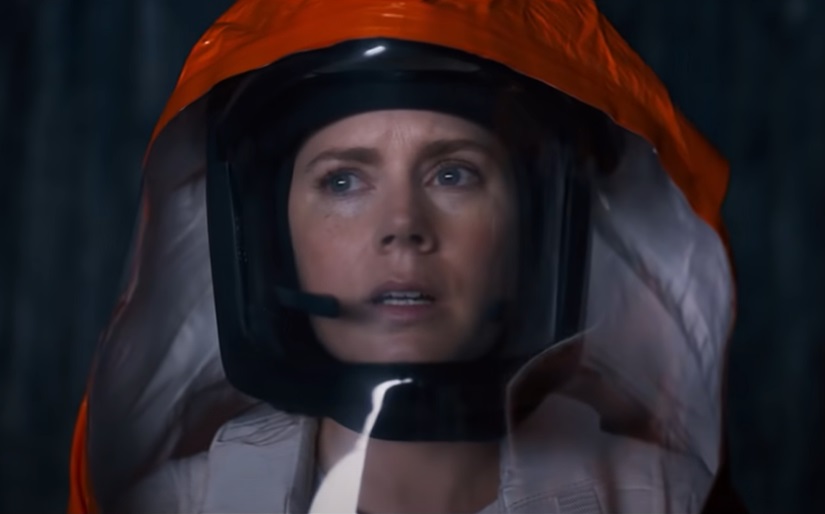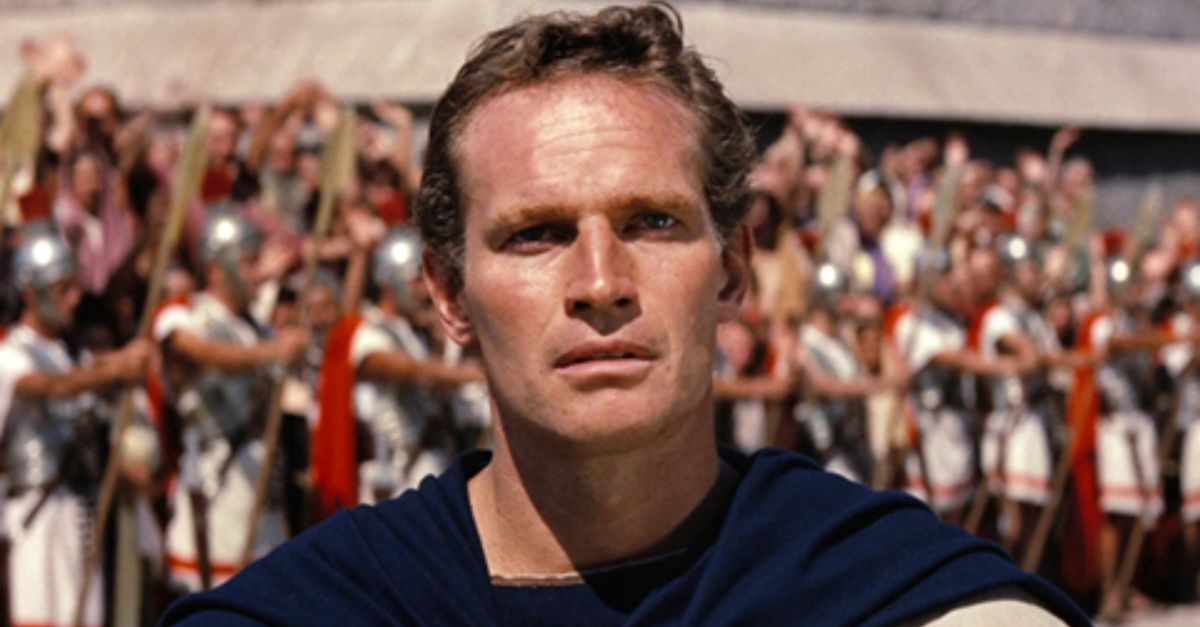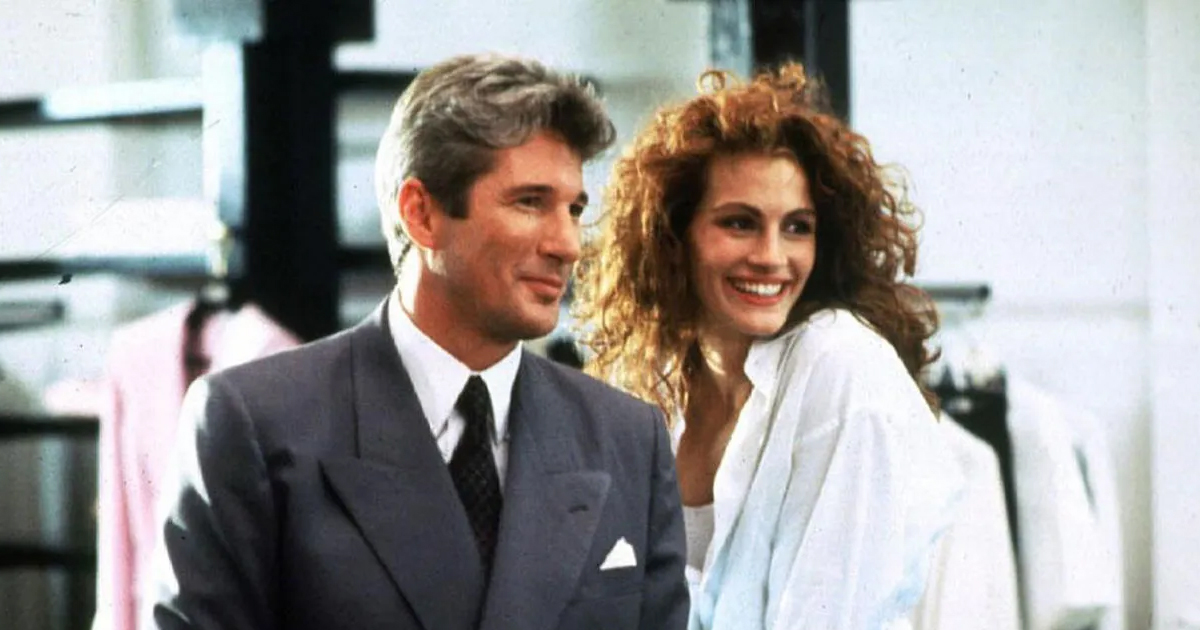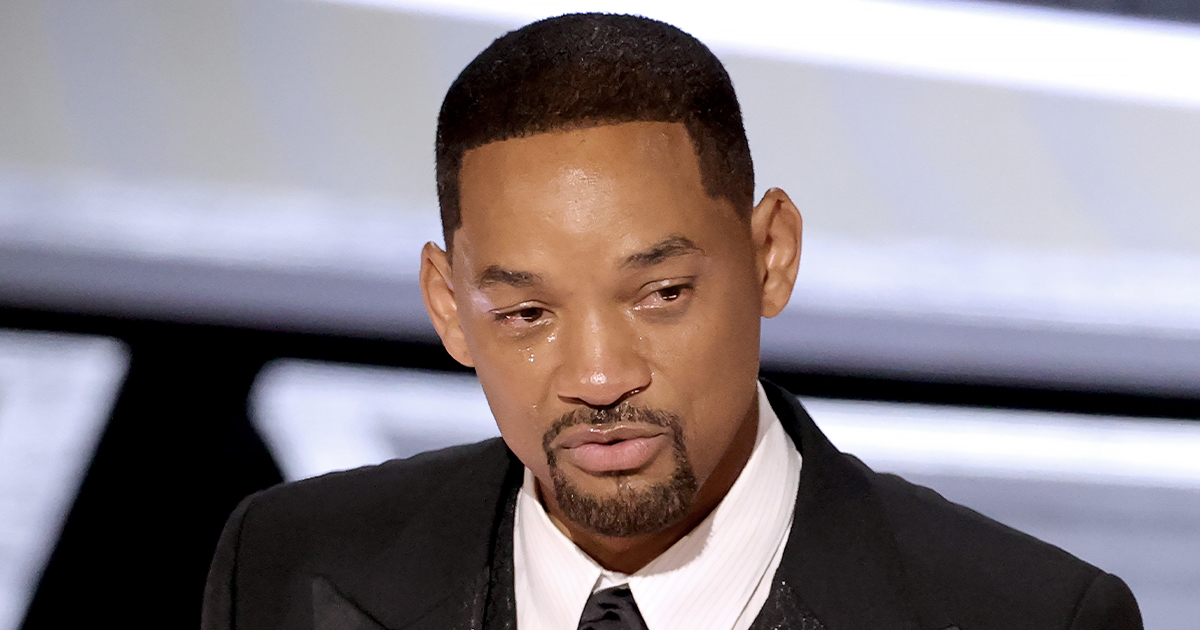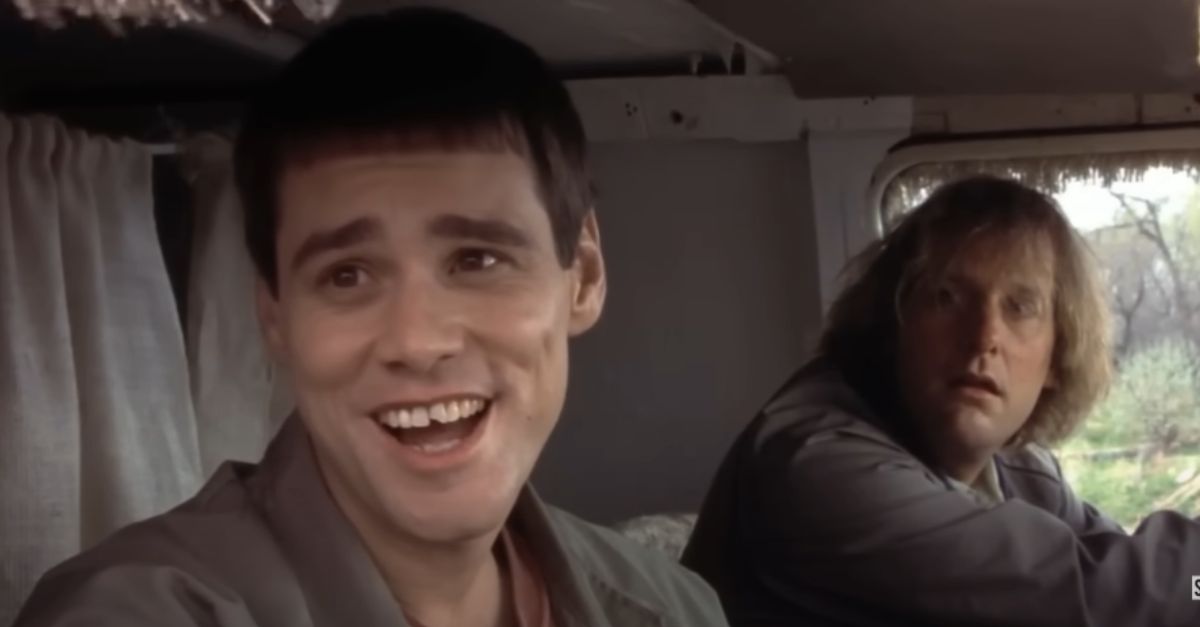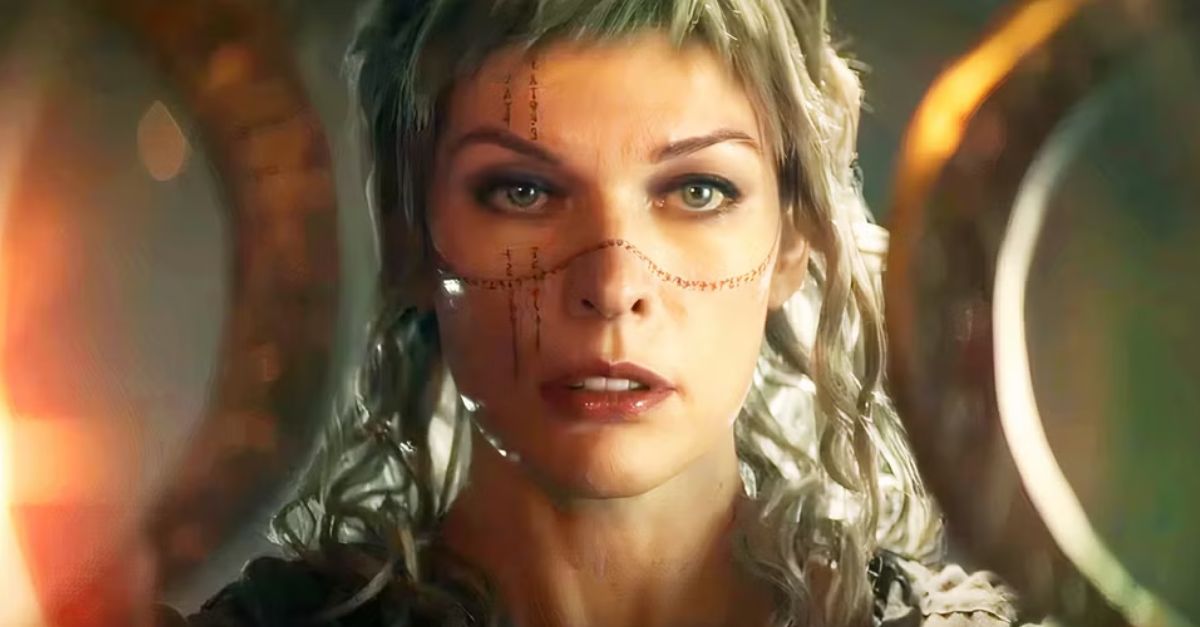Spoiler Alert! These Movie Endings Flew Right Over People’s Heads
You know the feeling: you finish a movie, the credits roll, and then someone drops a theory that blows your mind. Some films hide their juiciest secrets in plain sight, right at the end. From blink-and-you’ll-miss-it clues to full-blown alternate meanings, these flicks had secret endings only eagle-eyed fans (or obsessive Redditors) caught.
Here are the movies where the ending wasn’t just a finale—it was a hidden twist waiting to be uncovered.
Oh, and it probably goes without saying given the topic, but we'll say it anyway...Spoiler Alert!
"The Shining" (1980)
Many fans missed the eerie photo in the final shot—You know, that one of Jack Nicholson’s character grinning in a 1921 party picture. But wait, wasn’t he a modern man?
This implies Jack has always been at the Overlook Hotel, possibly reincarnated or absorbed by the place. It’s a subtle yet chilling reveal that completely recontextualizes the film’s events.
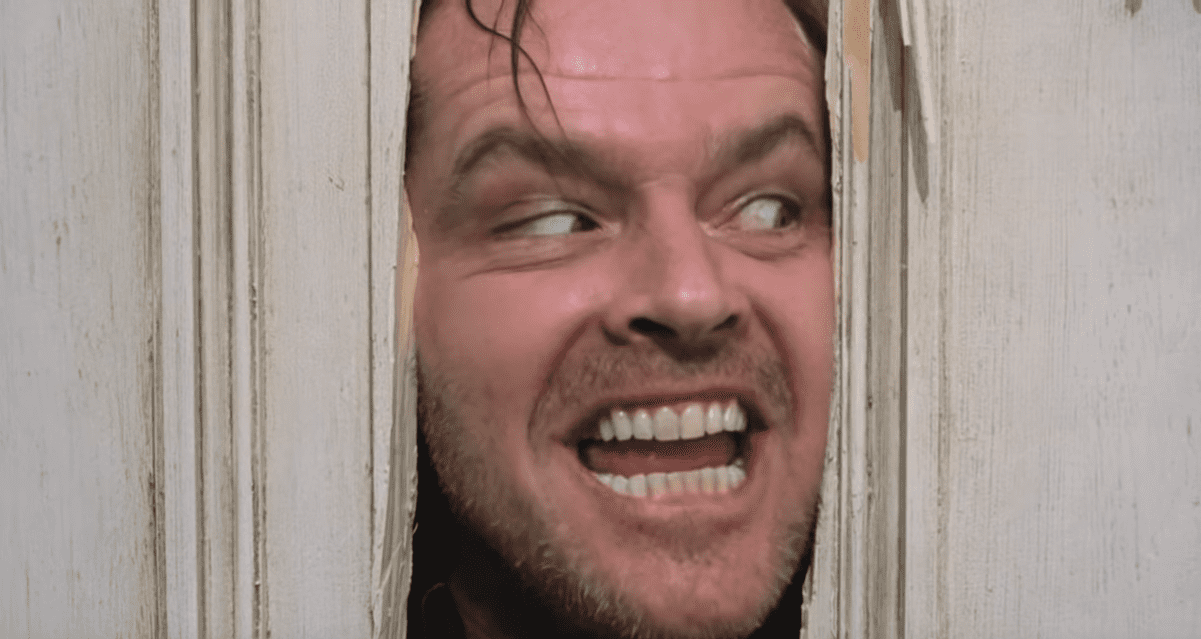 Warner Bros., The Shining (1980)
Warner Bros., The Shining (1980)
"Inception" (2010)
Christopher Nolan ended Inception with a spinning top—a totem used to tell dreams from reality. It wobbles...but doesn’t fall. So, is Cobb still dreaming? Fans are still arguing about the meaning of that final spin, and Nolan isn't helping—as he refuses to clarify it. It’s a masterclass in ambiguous endings.
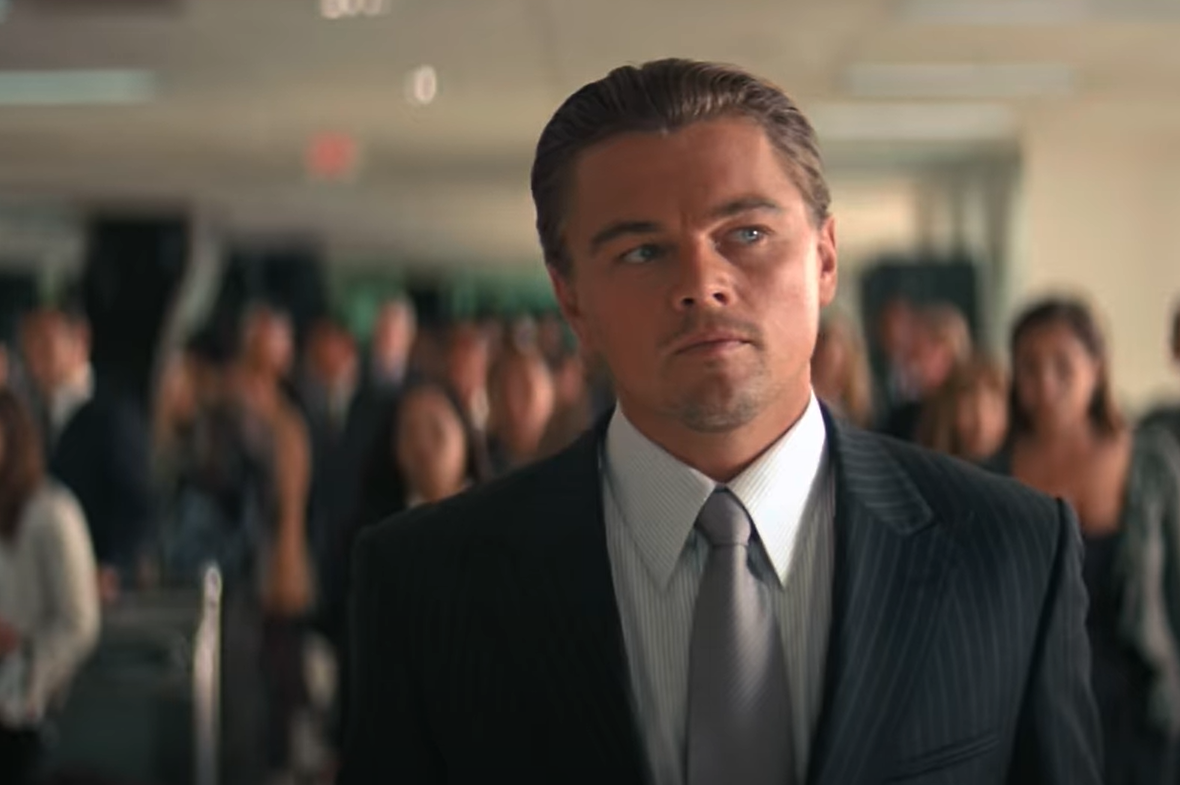 Warner Bros., Inception (2010)
Warner Bros., Inception (2010)
"Birdman" (2014)
In the last scene, Riggan jumps out the window. His daughter looks up—and smiles. Did he fly? Or die? Birdman deliberately blurs the line between fantasy and reality, and that final shot leaves the audience wondering if Riggan’s supernatural transformation was real or all in his head.
"Donnie Darko" (2001)
If you blink, you’ll miss the ending’s true meaning. When Donnie dies in bed, it’s not just a tragic accident—it resets the entire time loop he’s been stuck in. The final montage shows people who seem to remember events that technically never happened.
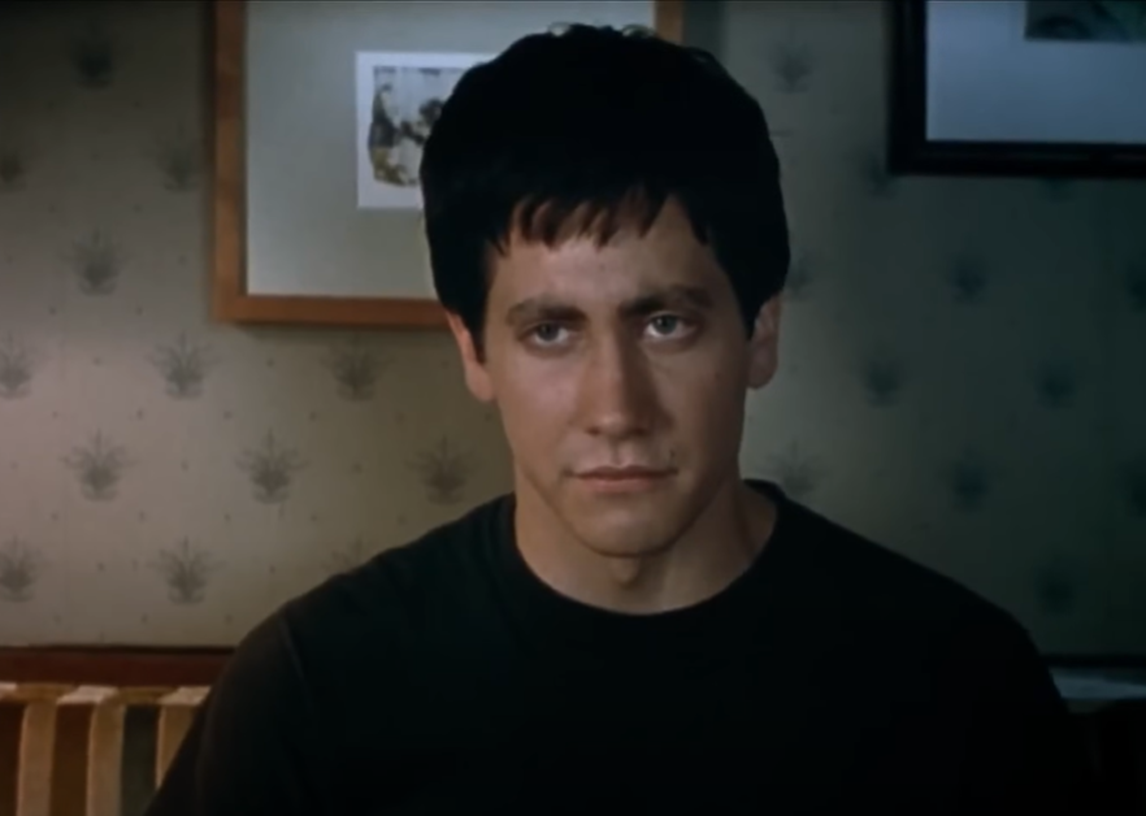 Adam Fields Productions, Donnie Darko (2001)
Adam Fields Productions, Donnie Darko (2001)
"Fight Club" (1999)
Sure, we all remember the identity twist—but Fight Club’s real secret ending is the destruction of the credit system. With skyscrapers collapsing to the Pixies’ “Where Is My Mind,” Tyler’s goal succeeds. What many of us missed was that the buildings were debt record centers—meaning Project Mayhem actually won.
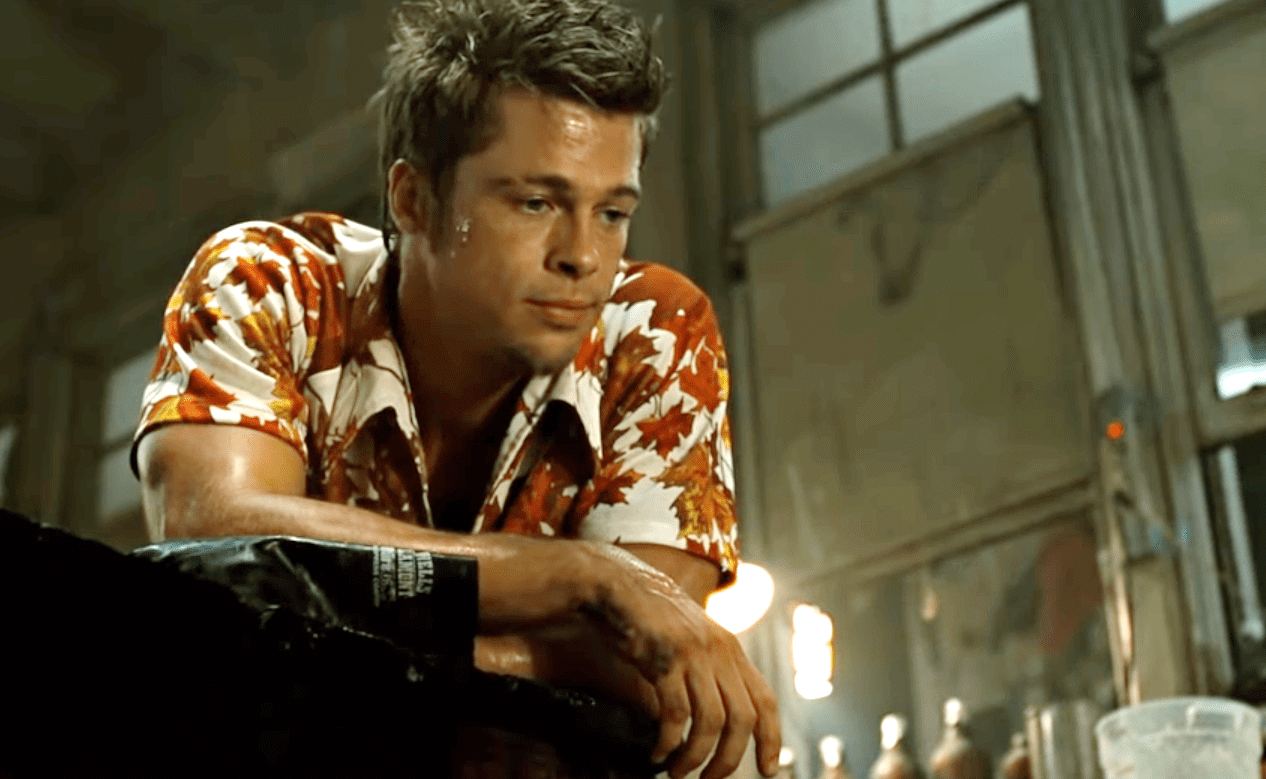 Regency Enterprises, Fight Club (1999)
Regency Enterprises, Fight Club (1999)
"The Prestige" (2006)
The final scene reveals Borden’s twin, but the darker twist is Angier’s moral collapse. In his quest to one-up Borden, he murders clones of himself over and over. It’s only hinted at through visual cues, making the true horror easy to miss if you’re not paying close attention.
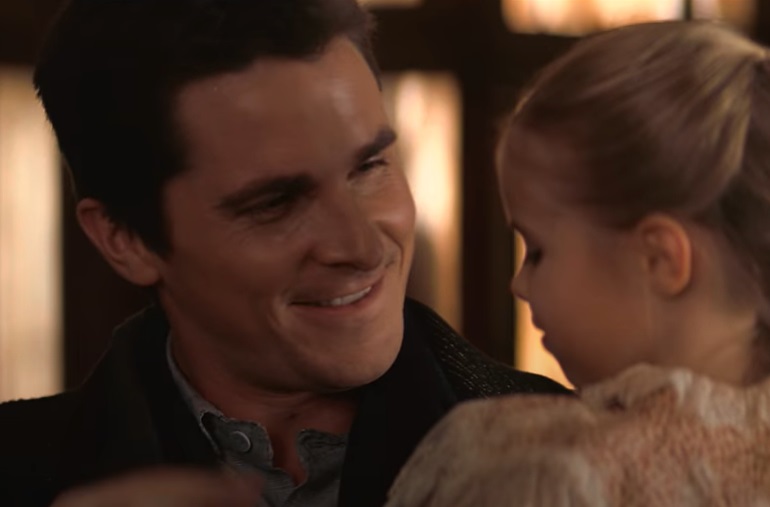 Touchstone, The Prestige (2006)
Touchstone, The Prestige (2006)
"The Usual Suspects" (1995)
Even after Verbal’s walk out, many viewers don’t realize that almost everything he said was a lie. The police bulletin board behind him? He used it to invent characters and events. Think about it: It’s not just a twist—it’s a full-on fabrication of an entire movie’s plot.
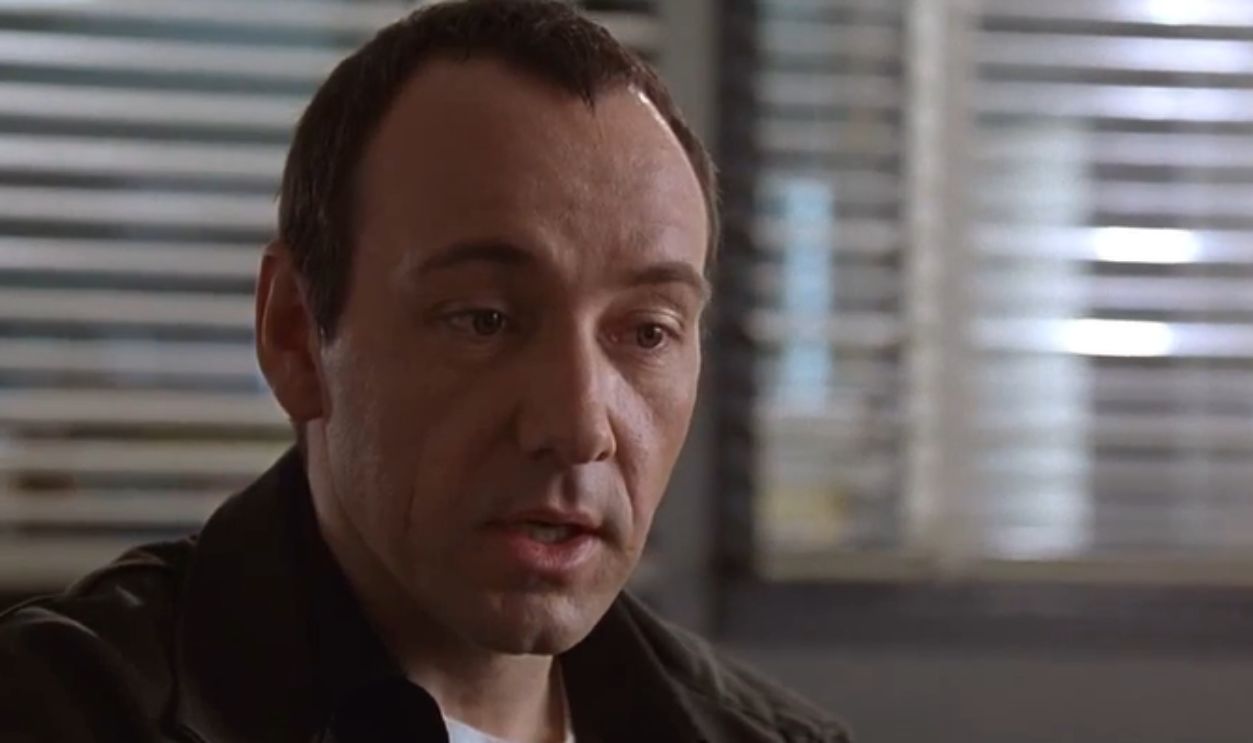 The Usual Suspects (1995) Keyser Soze Profile HD by Robert Sandu
The Usual Suspects (1995) Keyser Soze Profile HD by Robert Sandu
"Taxi Driver" (1976)
Some critics think Travis Bickle’s heroic rescue ending is actually a death dream. After the shootout, the sudden shift to praise and peace seems surreal. Martin Scorsese never confirmed this, but the idea that Travis dies in delusion adds a tragic layer to his story.
 Taxi Driver | You Talkin' to Me? (Robert De Niro) by Crime City
Taxi Driver | You Talkin' to Me? (Robert De Niro) by Crime City
"American Psycho" (2000)
Did Patrick Bateman actually kill anyone? The movie’s end implies the murders may have been fantasies. His lawyer doesn’t even recognize a “victim,” and Bateman’s confession is brushed off. The ambiguity makes the ending feel like a mind game—intentionally.
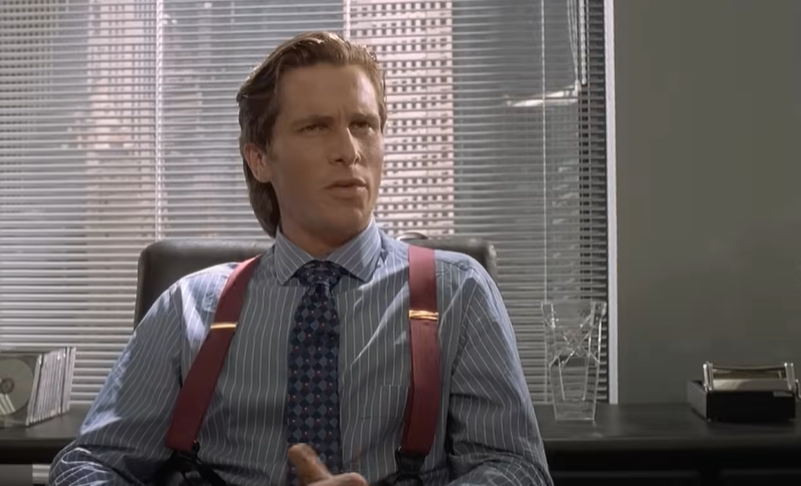 Lionsgate, American Psycho (2000)
Lionsgate, American Psycho (2000)
"Gone Girl" (2014)
Amy returns—and Nick stays. Why? The secret ending isn’t in the twist, but the unsettling domestic trap they now live in. Many viewers missed the subtle horror of Nick choosing to stay for the baby, bound to the sociopath who framed him.
"Enemy" (2013)
The final shot—a giant spider. That’s it. But in Enemy, the spider is symbolic—a recurring metaphor for women, commitment, and entrapment. The ending isn’t literal—it’s a visual representation of the character’s psyche. A weird, unsettling, and deeply psychological twist.
"Coherence" (2013)
By the time the credits roll, viewers may not realize that Emily has entered a different version of reality—one that’s not hers. Her final phone call confirms it. It’s subtle but devastating: she’s trapped in the wrong universe after a cosmic mix-up.
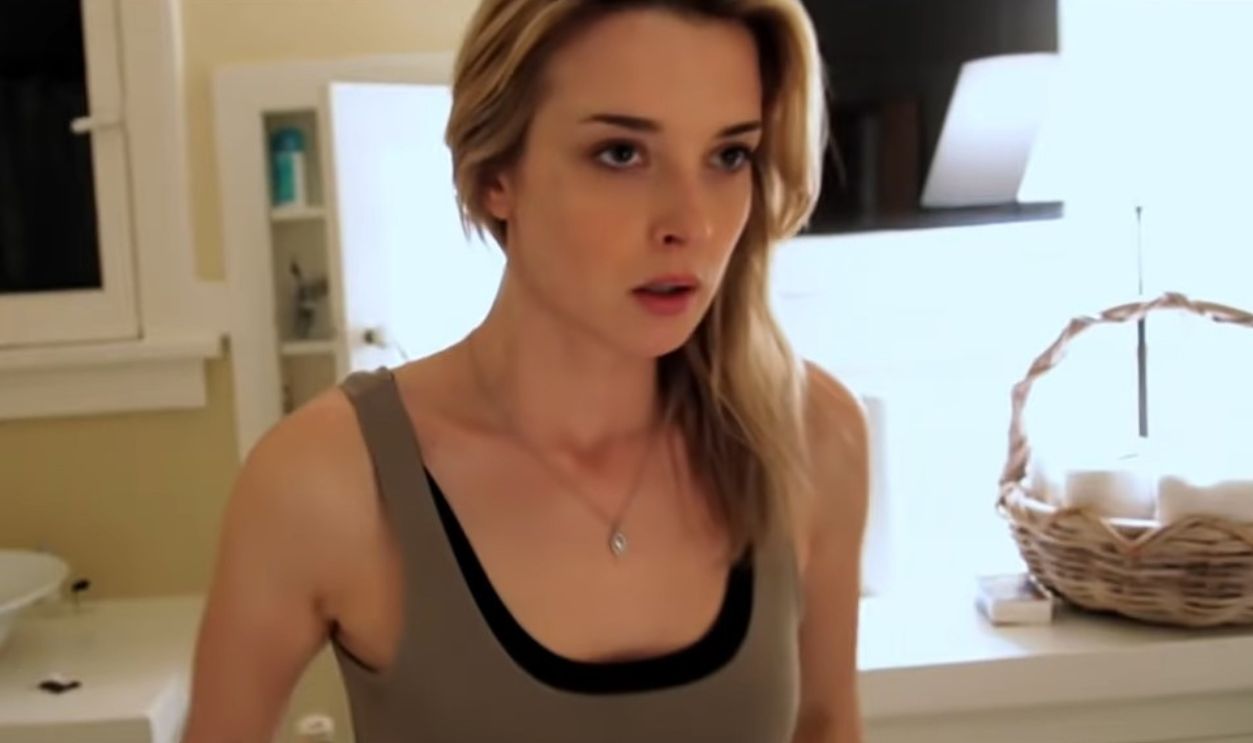 COHERENCE - Official Theatrical Trailer (HD)-Oscilloscope Laboratories by Oscilloscope Laboratories
COHERENCE - Official Theatrical Trailer (HD)-Oscilloscope Laboratories by Oscilloscope Laboratories
"The Thing" (1982)
The ending leaves two men—MacReady and Childs—in the snow. One (or both) could be the creature, but we aren't told which one it is (or are we?). Eagle-eyed viewers have noted that Childs’s breath doesn’t fog, possibly hinting he’s not human. A chilling final detail with huge implications.
"Life of Pi" (2012)
At the end, Pi tells two versions of his story. One has animals; the other, people. The movie never confirms which is true, but the real ending suggests the story with animals is a coping mechanism—and that Pi endured something much darker.
"2001: A Space Odyssey" (1968)
The film’s final moments are pure abstraction, but the “Star Child” is often missed as a symbol of evolution. Bowman is reborn into a new form of existence. Kubrick never spelled it out, but the ending hints at cosmic transcendence.
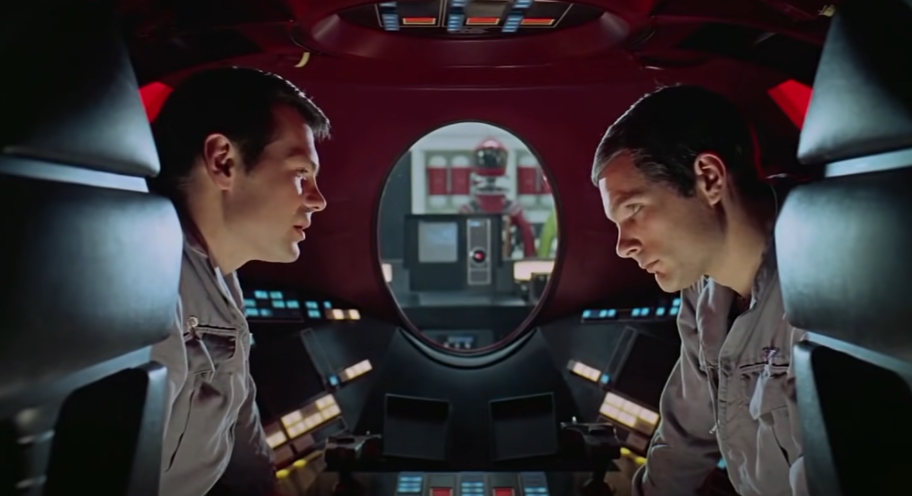 MGM Studios, 2001: A Space Odyssey
MGM Studios, 2001: A Space Odyssey
"The Mist" (2007)
Frank Darabont’s film ends with one of the bleakest twists ever—David kills his son to save him from monsters...only for the military to arrive seconds later. The secret ending? The monsters were already being defeated. His loss was tragically premature.
 THE MIST Final Scene (2007) Thomas Jane, JoBlo Movie Clips
THE MIST Final Scene (2007) Thomas Jane, JoBlo Movie Clips
"No Country for Old Men" (2007)
It ends...with a dream. No climax, no revenge. Sheriff Bell just reflects on mortality. Many viewers expected a showdown, but missed the point: it’s about aging and resignation, not justice. The real ending is philosophical—not plot-driven.
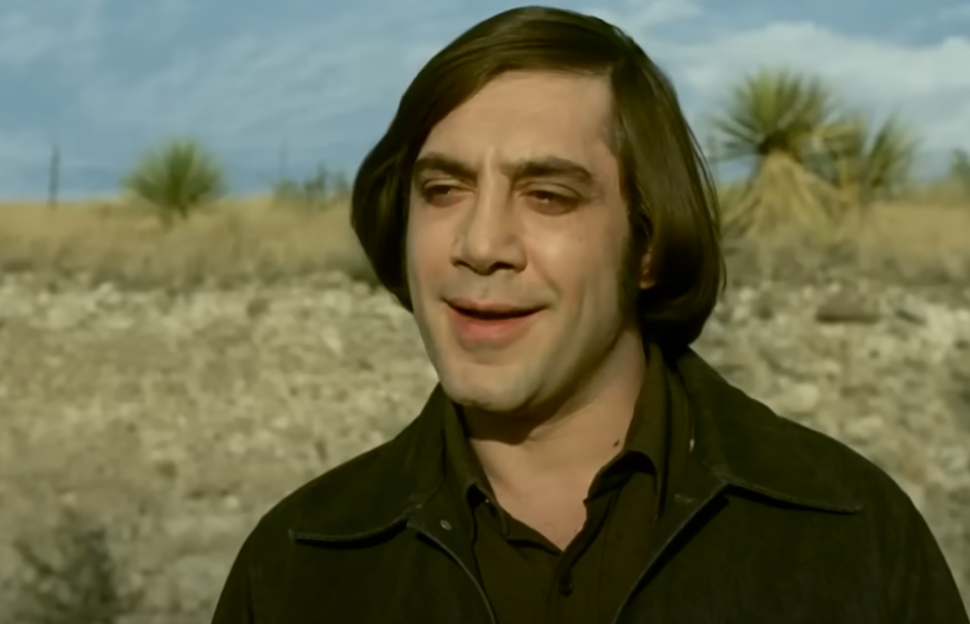 Miramax, No Country for Old Men (2007)
Miramax, No Country for Old Men (2007)
"Shutter Island" (2010)
At the end, Teddy asks, “Would you rather live as a monster, or die as a good man?” It’s a subtle hint that he’s not delusional anymore—he’s pretending. His choice to undergo lobotomy is a form of emotional escape.
 Shutter Island (8/8) Movie CLIP - Live as a Monster or Die as a Good Man (2010) HD by Movieclips
Shutter Island (8/8) Movie CLIP - Live as a Monster or Die as a Good Man (2010) HD by Movieclips
"The Witch" (2015)
Thomasin joins the witches—but was it real? Or just a metaphor for liberation from oppression? The movie blurs reality and myth, and the ending walks the line between supernatural and psychological freedom. Either way, it’s a dark triumph.
 The Witch (2015) | Horror Recap by Recapss Horror
The Witch (2015) | Horror Recap by Recapss Horror
"The Sixth Sense" (1999)
Everyone remembers the big twist—but the real surprise is how the movie hides it in plain sight. Red tones signal death. No one talks to Malcolm but Cole. Once you know the ending, a rewatch reveals dozens of subtle clues.
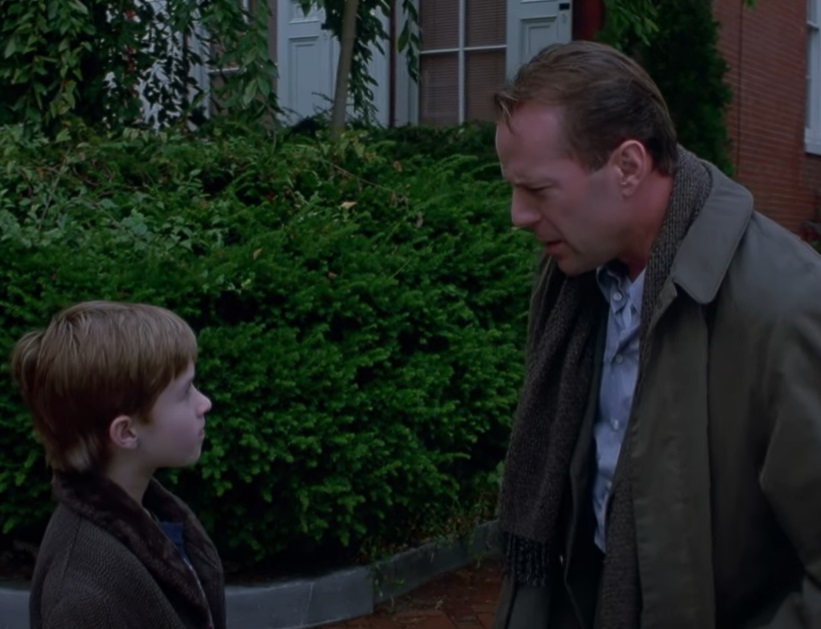 Buena Vista, The Sixth Sense (1999)
Buena Vista, The Sixth Sense (1999)
"The Invitation" (2015)
Just when the survivors think it’s over, red lanterns light up across the city. That’s the real twist—they weren’t the only victims. The invitation was part of a larger cult network, and the nightmare is just beginning.
"Oldboy" (2003)
After the twist—that he unknowingly slept with his daughter—the hypnosis scene leaves the ending deeply ambiguous. Did it work? Did he forget? The final smile could be relief...or madness. Either way, it’s haunting.
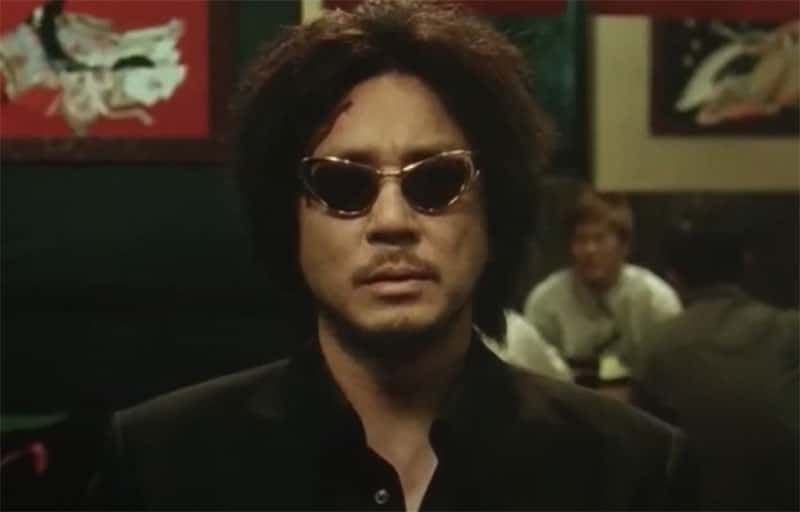 Oldboy (2003), CJ Entertainment
Oldboy (2003), CJ Entertainment
"Arrival" (2016)
The twist is that Louise’s visions are of the future, not the past. But the real secret ending? She chooses to go through with her life knowing the pain ahead. It’s not just a sci-fi ending—it’s a meditation on free will and love.
"The Others" (2001)
The dead are the living. The living are the ghosts. But what many miss is that the ending rewrites the entire story—you realize every haunting was mutual. Grace and her children were the “others” all along.
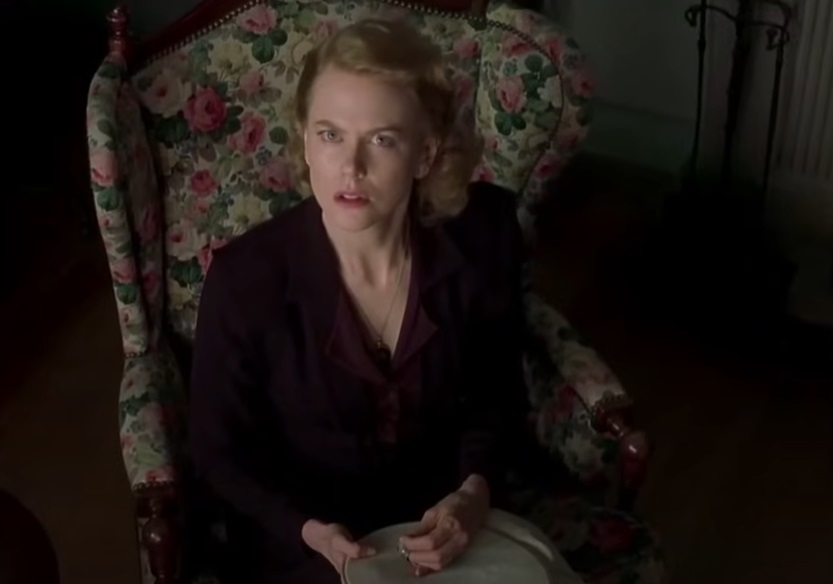 StudioCanal, The Others (2001)
StudioCanal, The Others (2001)
"Tinker Tailor Soldier Spy" (2011)
George Smiley’s quiet confrontation reveals the mole—but many viewers miss the final montage that shows how much betrayal cost everyone. The understated tone hides how devastatingly personal the reveal really is.
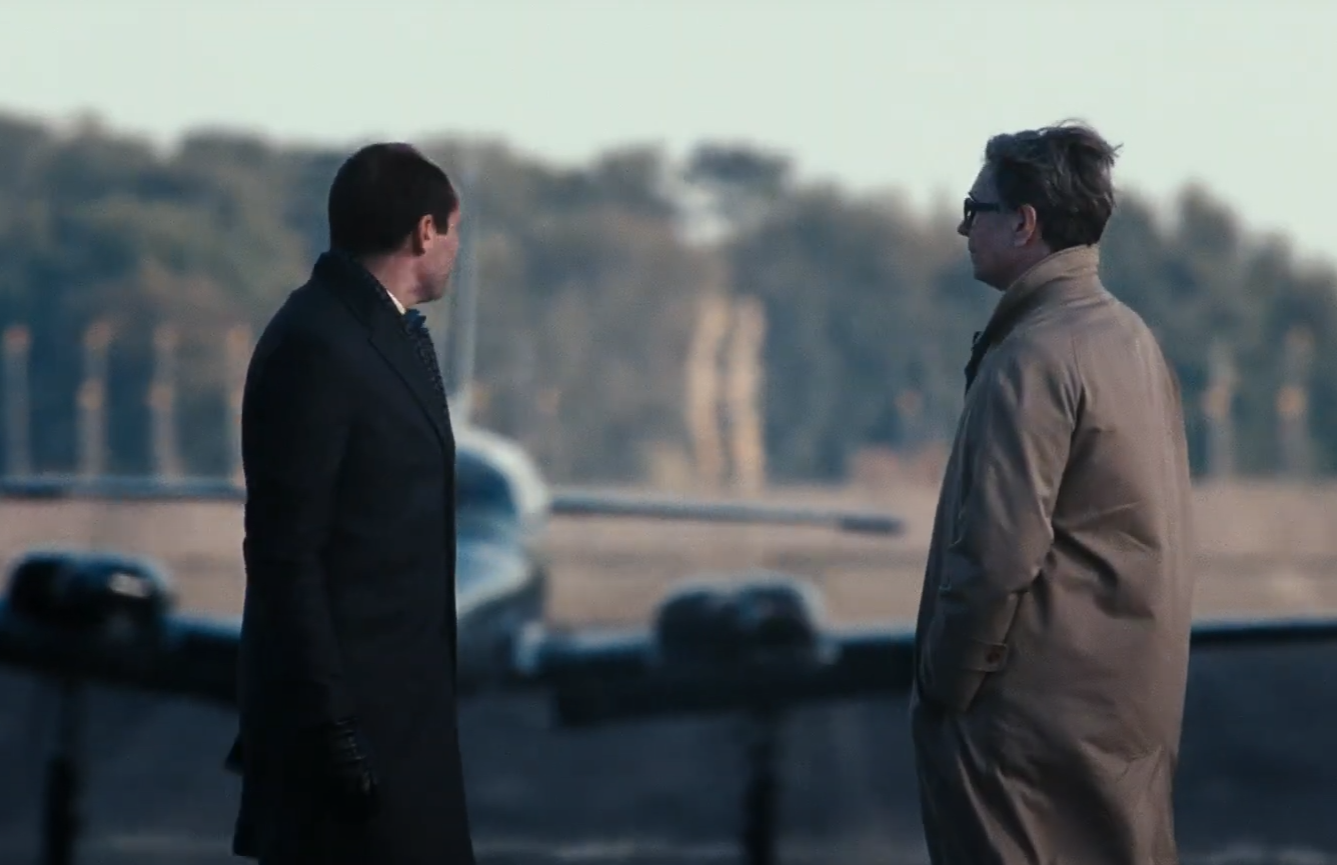 Studio Canal, Tinker Tailor Soldier Spy (2011)
Studio Canal, Tinker Tailor Soldier Spy (2011)
"Perfect Blue" (1997)
After a dizzying descent into madness, Mima whispers “I’m real.” But is she? Perfect Blue blurs identity until the last frame, and even her final smile could be a mask. The ending forces viewers to question everything they’ve seen.
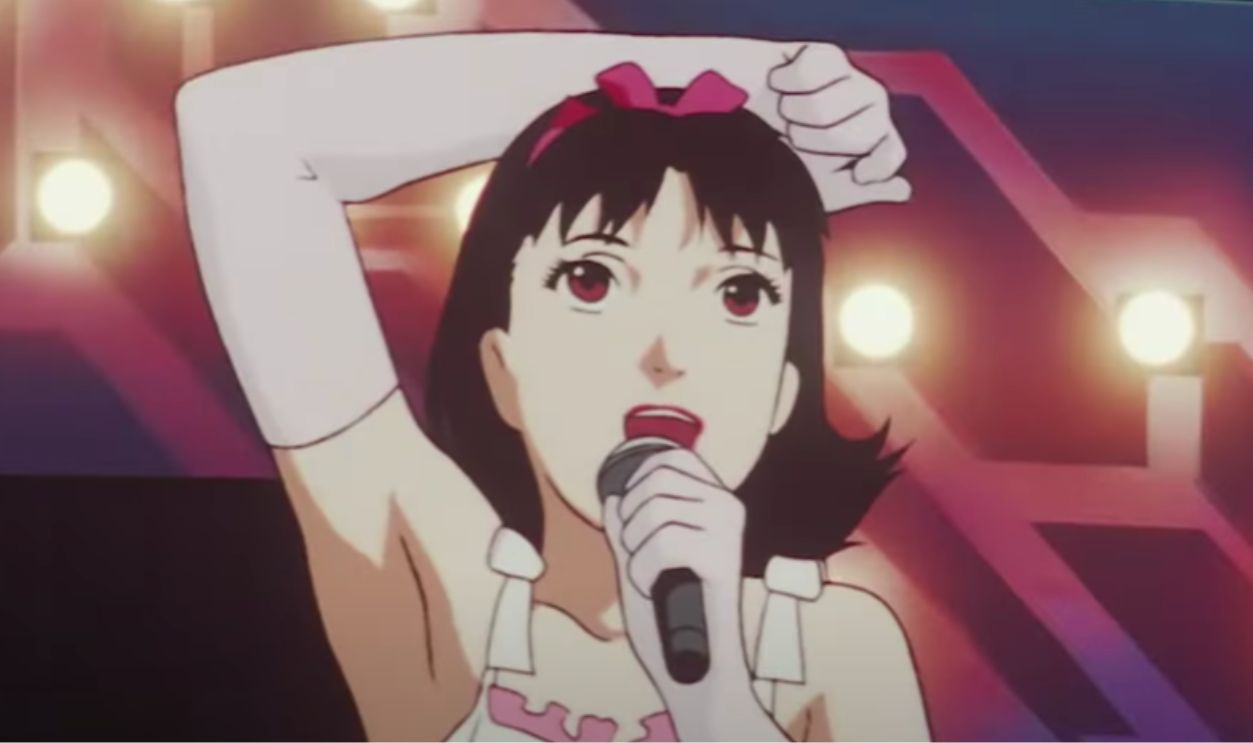 Perfect Blue - Official Trailer by Shudder
Perfect Blue - Official Trailer by Shudder
"The Babadook" (2014)
You don’t destroy the Babadook—you feed it. The ending shows the monster living in the basement, tamed but never gone. It’s a metaphor for grief management, not conquest, and many viewers missed that it’s not a traditional “defeat.”
 The Babadook - Official UK Online Trailer (2014) by Icon Film Distribution
The Babadook - Official UK Online Trailer (2014) by Icon Film Distribution
"Angel Heart" (1987)
The big reveal? Harry Angel isn’t who he thinks he is. In fact, he is Johnny Favorite—the man he’s been hunting the whole time. And his employer, Louis Cyphre, is literally Lucifer. The twist is layered and subtle, and many viewers don’t realize that Harry’s been orchestrating his own downfall under the devil’s manipulation. It’s a slow-burn, identity-shattering ending that redefines the entire film.
 Winkast Film Productions, Angel Heart (1987)
Winkast Film Productions, Angel Heart (1987)
"Cache" (2005)
This French thriller leaves viewers unsettled not with a twist, but with a lack of one. The final scene shows two boys talking—perhaps symbolizing a buried secret between families. But the real secret is that the film never reveals who sent the tapes. Instead, it ends with a quiet, haunting message: guilt can’t be escaped, even when the truth remains hidden.
 Cache (Hidden) trailer, Underkelly
Cache (Hidden) trailer, Underkelly
"Southbound" (2015)
This under-the-radar horror anthology appears to tell five separate stories—but the secret is they’re all part of a loop. The final scene bleeds directly into the first, revealing a chilling, cyclical nightmare. Each character is caught in their own personal purgatory, and only the sharpest viewers notice the subtle connections linking it all together.
"Secret Window" (2004)
Johnny Depp plays Mort, a writer stalked by a mysterious man named Shooter. But here’s the kicker: Shooter isn’t real—he’s Mort’s split personality, manifesting as a response to guilt and trauma. The clues are scattered throughout, but the twist ending hits with the realization that Mort’s descent into madness was hiding in plain sight.
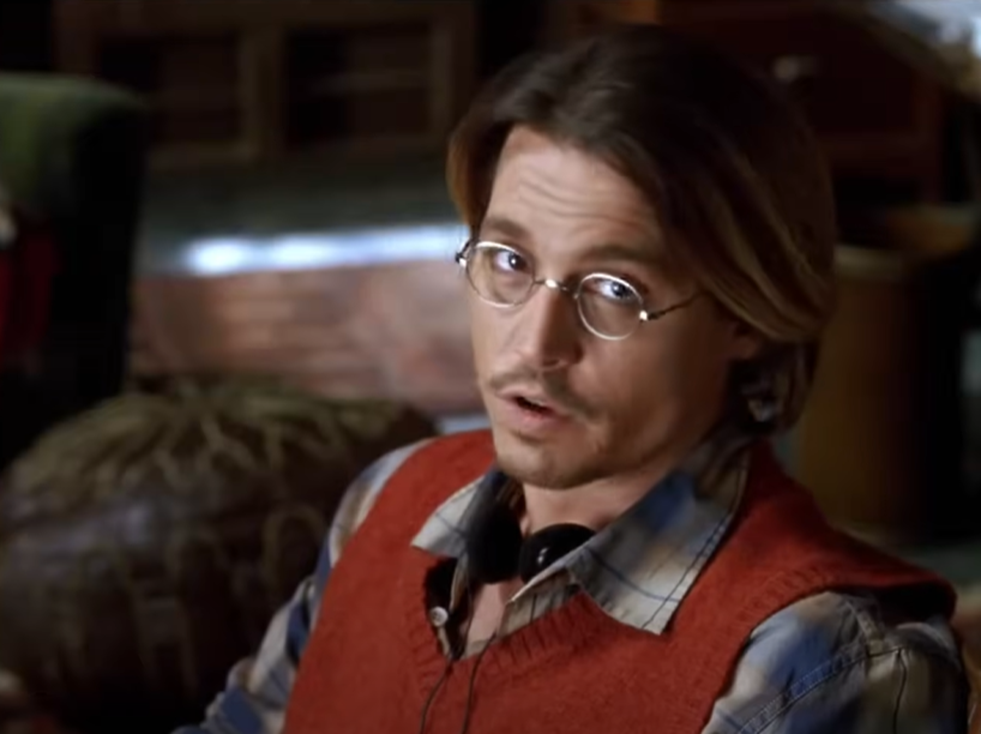 Columbia, Secret Window (2004)
Columbia, Secret Window (2004)
"Black Mirror: Bandersnatch" (2018)
More than just an interactive film, Bandersnatch hides its most disturbing ending in plain sight. Stefan thinks he has choices—but the real horror is that he doesn’t. One ending reveals he’s being controlled by you, the viewer. Another has him escape his fate only by joining his mother in death. Either way, the final message is clear: free will is an illusion.
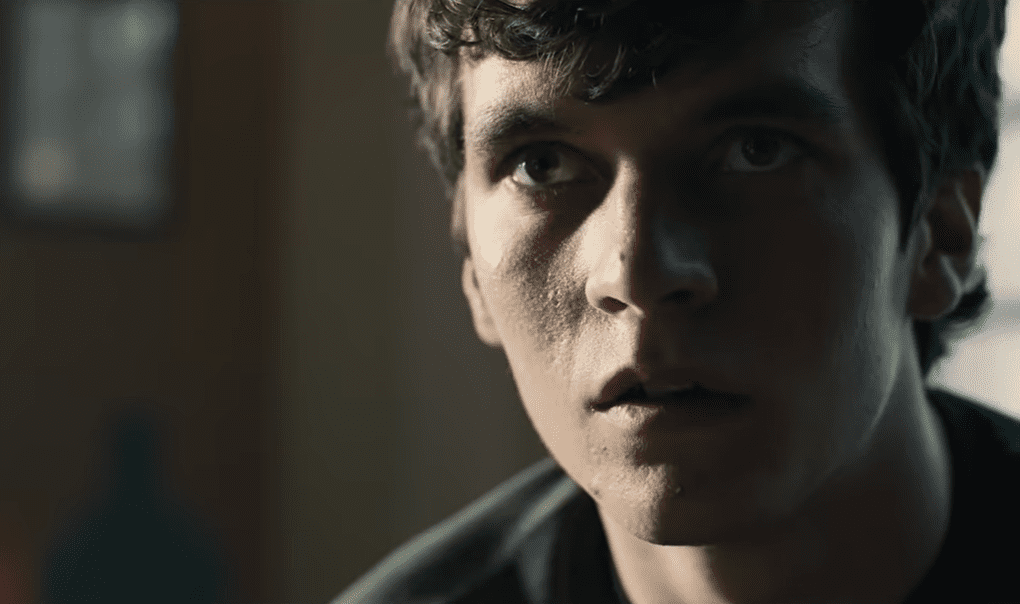 Black Mirror: Bandersnatch, Netflix
Black Mirror: Bandersnatch, Netflix
You Might Also Like:
Blockbuster Hits Everyone Forgot About
Actors Who Made A Fortune From Just One Franchise

